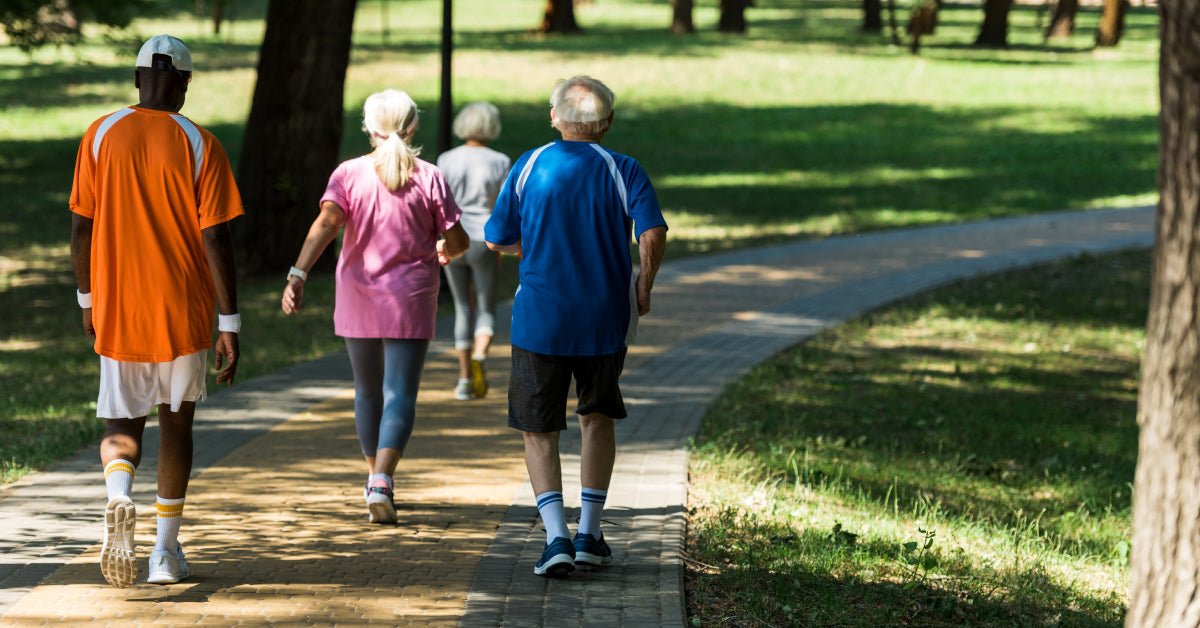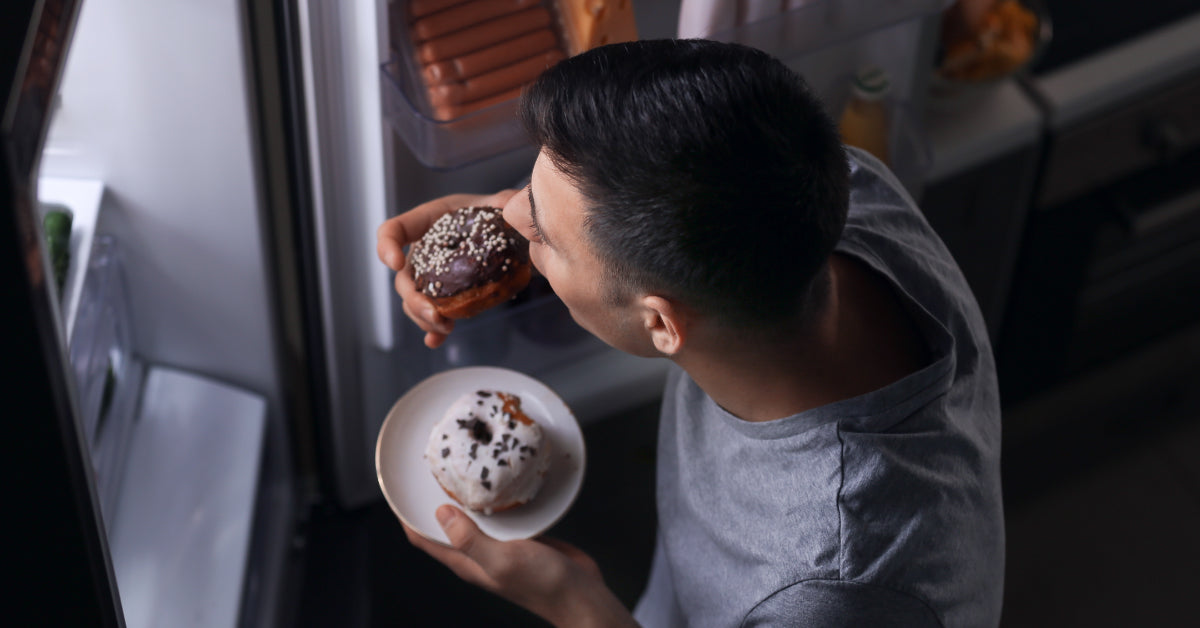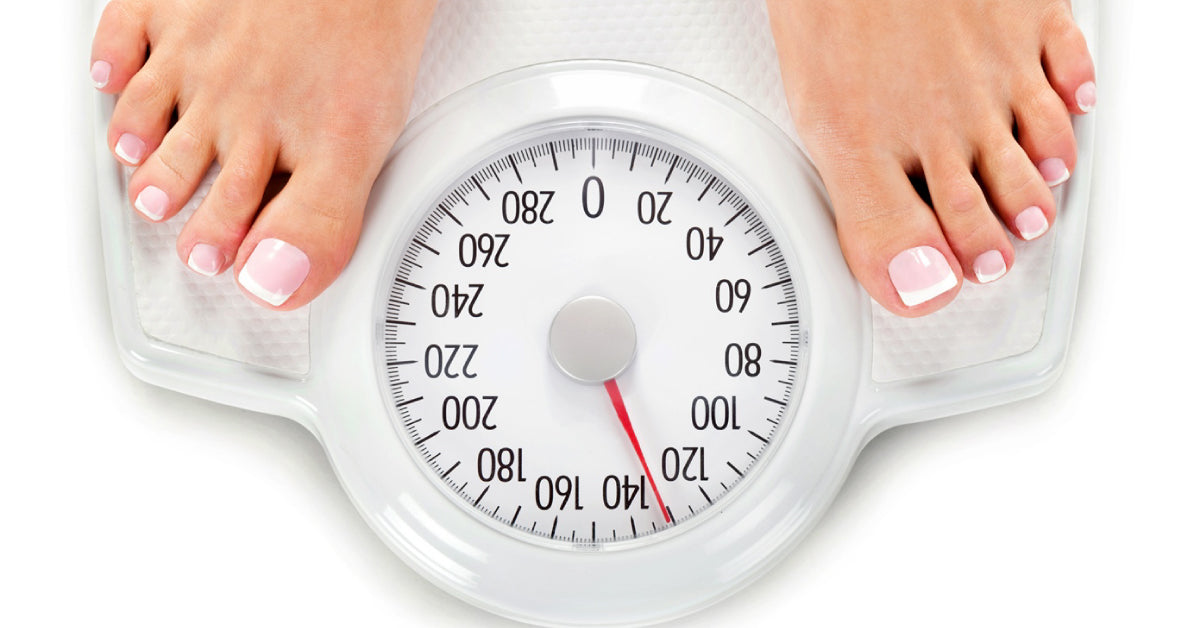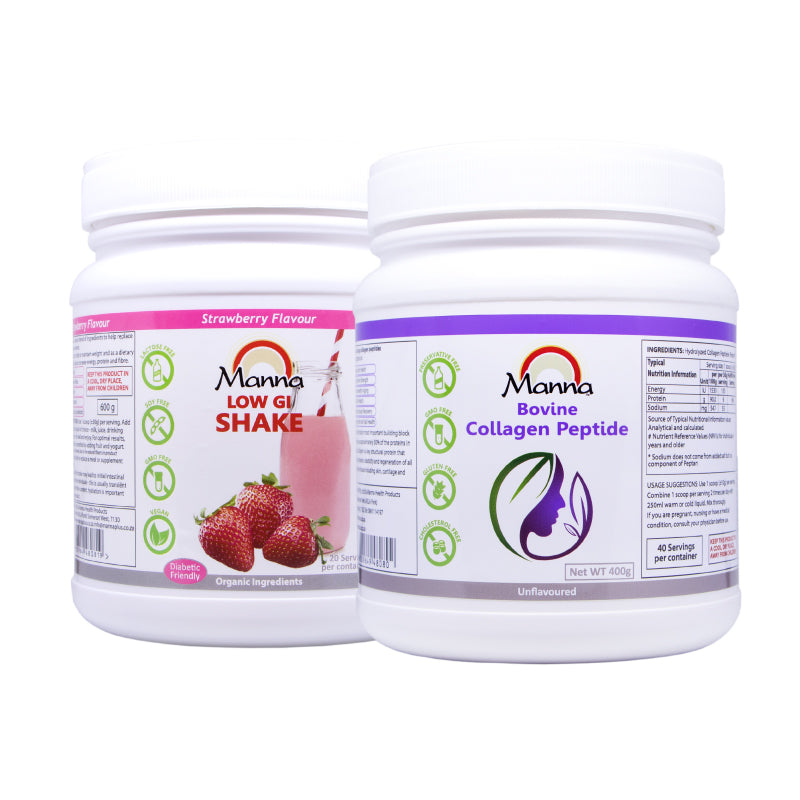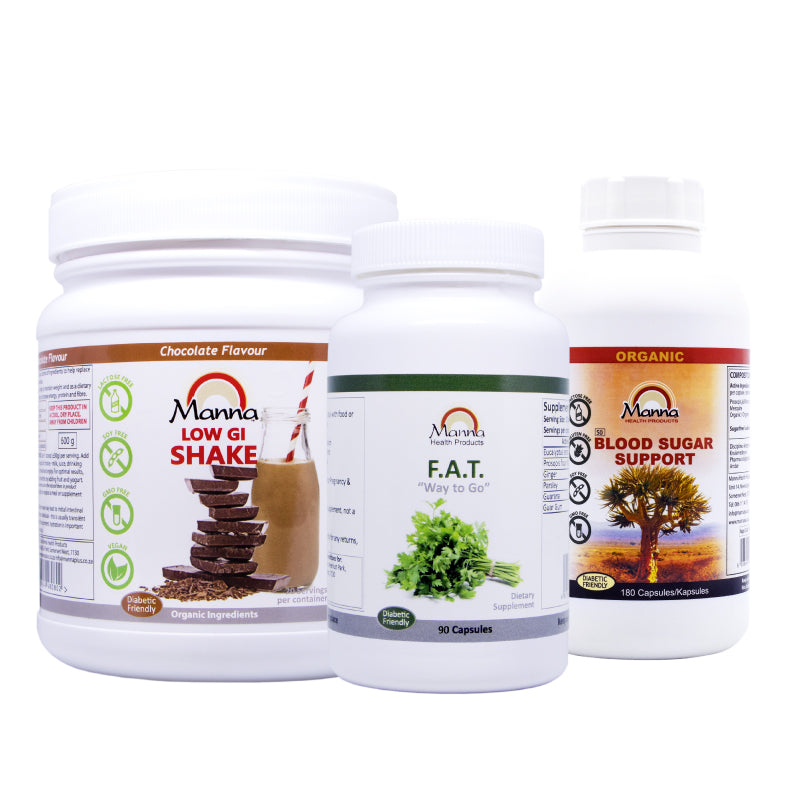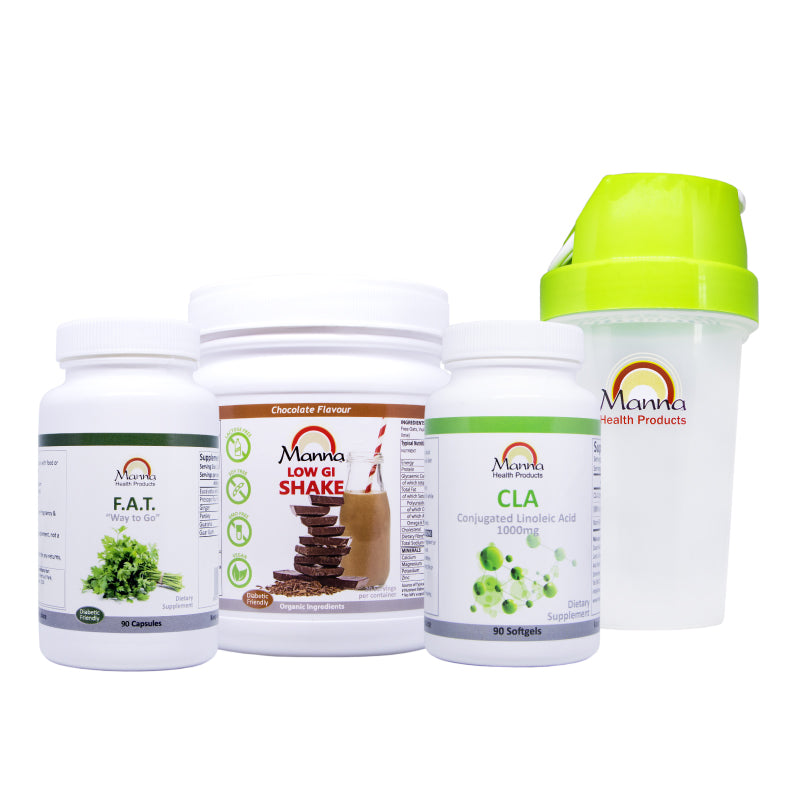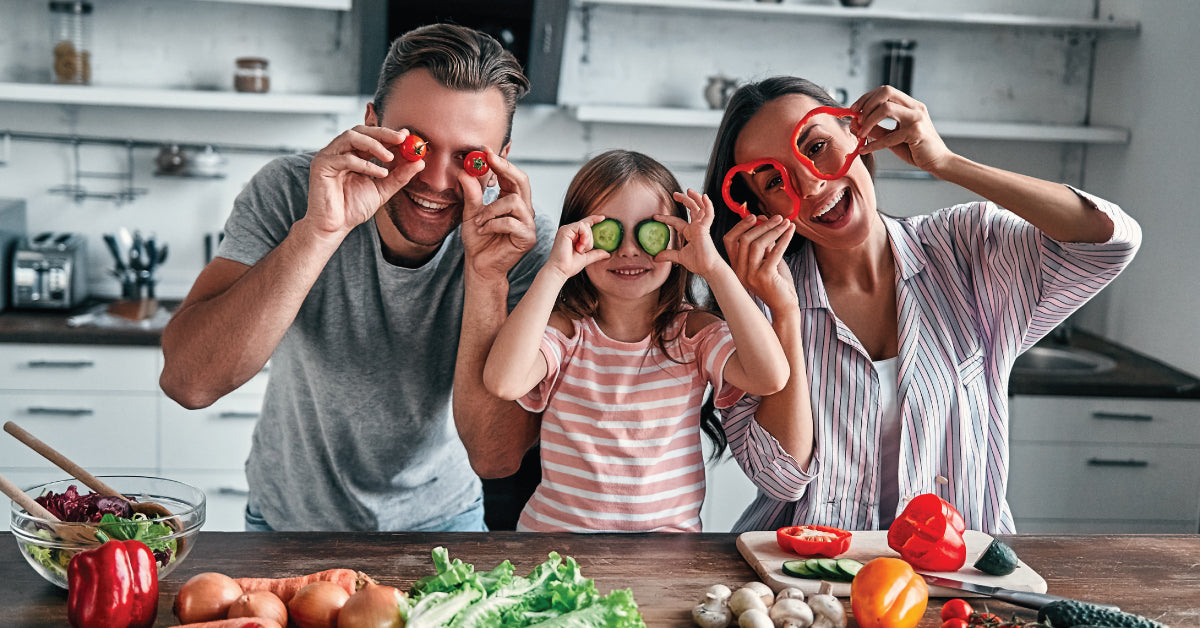
by Freda Coetzee
10 Trusted Ways To Lose Weight Whilst Enjoying Life
There is a multitude of weird and wacky weight loss advice out there Building new habits can be quite daunting. Did you know that your brain remembers pleasurable experiences? You will be more inclined to build habits around things that make you happy. There is no reason why healthy habits, that lead to weight loss, can’t be enjoyable. If you can make losing weight pleasurable, you’ll be able to sustain the habits you need to shake off those extra kilograms. Read on to find out what habits will help you shed those extra kilograms. Here are ten tried and tested ways to lose weight that you can implement in your everyday life… 1. Eat slowly When chewing your food, try noticing the full range of flavours and various textures. Chew properly and intentionally. Savour your food. It takes time to notice that you are full. Eating slowly will give your body the needed time to register that you are satisfied. Taking time to enjoy each bite will help you to not overeat. 2. Take delight in what you eat There’s no reason why eating healthily should not be enjoyable. Add a variety of flavours and textures to your diet. Try new and interesting recipes. Experiment with spices. Enjoy making food with ingredients that you like to eat. 3. Eat in a designated place When you’re eating in front of the TV or laptop or in your car, it is hard to keep track of what you eat. Designate a specific place in your house, just for eating. In doing so, you can sit down at a table without distractions and focus on what you eat. This will help create consciousness around what you eat every day. Not only will you be more conscious of what you eat daily but sitting down to eat in a designated space, will also help you keep to an eating schedule. It is important not to skip meals. When you do skip meals, your body will try its best to get as much energy as possible and you might start craving carbs and sweets. You can reduce sugar cravings by consistently giving your body the energy it needs by nourishing it with wholesome food. 4. Cut down calories and amp up flavour Use ingredients with pungent smells and sharp flavours. When you, for example, lessen the amount of cheese you use in a meal, you can add sharp cheddar instead of mild cheddar and you’ll still get a bountiful cheesy flavour. 5. Journal Avoid emotional eating by raising your emotional awareness. A good way to become more aware of your inner world is to journal. If you are conscious of how you feel, it will be easier to manage big emotions instead of using food as a coping mechanism. 6. Drink more water Drinking about half a litre of water before you eat a meal can boost your metabolism and reduce hunger. You can always add lemons, cucumbers or edible flowers to your water for flavour and colour. 7. Eat more vegetables Switch the portions of grains and vegetables. Fill up half your plate with vegetables, a quarter with grains and a quarter with protein. There is a myriad of wonderful vegetables to choose from to add variety to your meals. You can enjoy the pretty patterns of romanesco broccoli or try pak choi and parsnip. 8. Start where you are at Trying to lose weight can feel overwhelming – there are so many good habits to implement and bad ones to let go of. You don’t have to change all your habits all at once. The best way to start is to firstly, assess where you are at and then take one, small step towards your goal. If you have a mostly sedentary lifestyle, don’t start by running a strenuous 5-km route each day. Start small. Try walking for 5 minutes every day. Celebrate your small victories and soon you’ll be on your way to running fast and far. 9. Enjoy flavourful fruit desserts A fun way to ensure that you meet your daily quota of fruit is to experiment with fruit at dessert time. Fruits are rich in nutrients and have lots of fibre. You can try coconut cream, lychees and raspberries with a dab of vanilla or grilled peaches sprinkled with shaved almonds. Fruits can be baked, grilled or frozen and they add wonderful flavour and colour to any dish. 10. Get enough sleep Insufficient sleep can also increase your appetite since your body produces more ghrelin. Ghrelin is your hunger hormone, and with increased amounts, you will start craving carbs and sweets. Getting enough rest will help balance your hormones and you will be able to make healthier choices. Takeaway Eating more vegetables, exercising and getting sufficient sleep can help you lose weight. If you want to add these healthy habits to your life, try to make it enjoyable and you will be more likely to sustain your healthy lifestyle and lose those extra kilograms.




